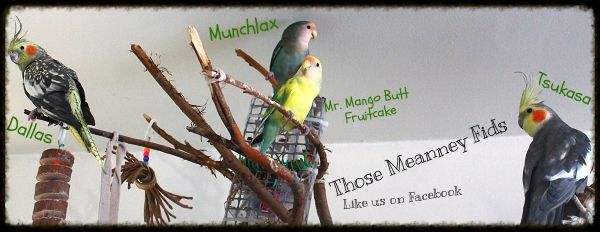Post by Casey on Mar 23, 2012 11:11:46 GMT -8
EMERGENCY TOE SPLINTING
*****WE ARE NOT VETS, BUT CAN OFFER ADVICE IF YOU CANNOT GET TO THE VET RIGHT AWAY*****
if you cant get your bird to the vet in time or you cant afford it, this will help you. the sooner the toe is aligned, the better chances of saving it.
signs to watch for:
infection: redness, pus, abnormal warmth
loss of circulation: blackening tissue, cooler than rest of body
what you need:
aloe vera
cayenne pepper
saline solution or warm water
bandaids
q-tips
scissors
what you do:
prepare your supplies
wash the toe with the saline, if you cant get saline, warm water will do in a pinch.
cut the q-tip to the length of the injured toe. leave a little room extra at the claw tip
cut the bandaid into little butterfly bandage type strips, try to cut them half centimeter thick, you need at least 3
align the toe as straight as you naturally can.
try to place the q-tip along the side without the open wound. you will want to keep it visible so you can observe it for signs of infection and so you can clean it daily.
wrap the strips of bandage on the toe and splint, securing the splint to the toe. you want one at the base of the toe at the bottom of the splint, one in the middle, and one around the claw/nail holding the bent part of the toe in place. make sure bandages are secure but not tight to restrict circulation.
now that the splint is on, rub aloe vera on the wound to soothe it and disinfect it. cayenne pepper can be used as well.
i myself have gone through this and used this method with my own own cockatiel when he got his toe nearly bitten off by another bird. his toe was dangling by just a bit of skin. the sooner the toe is aligned in this type of injury, the sooner blood flow will return to the toe, thus the better chances they wont lose it. however, toes in birds have poor circulation compared to mammals and losing toes are a risk. if the toe starts dying off, it will drop off eventually on its own. keep watch for signs of infection and loss of circulation as these are your biggest worry, a slightly crooked toe is not a concern compared to these!
here are some photos to show you
this is the healing chart

and some zoomed photos in order from the time of injury to healing
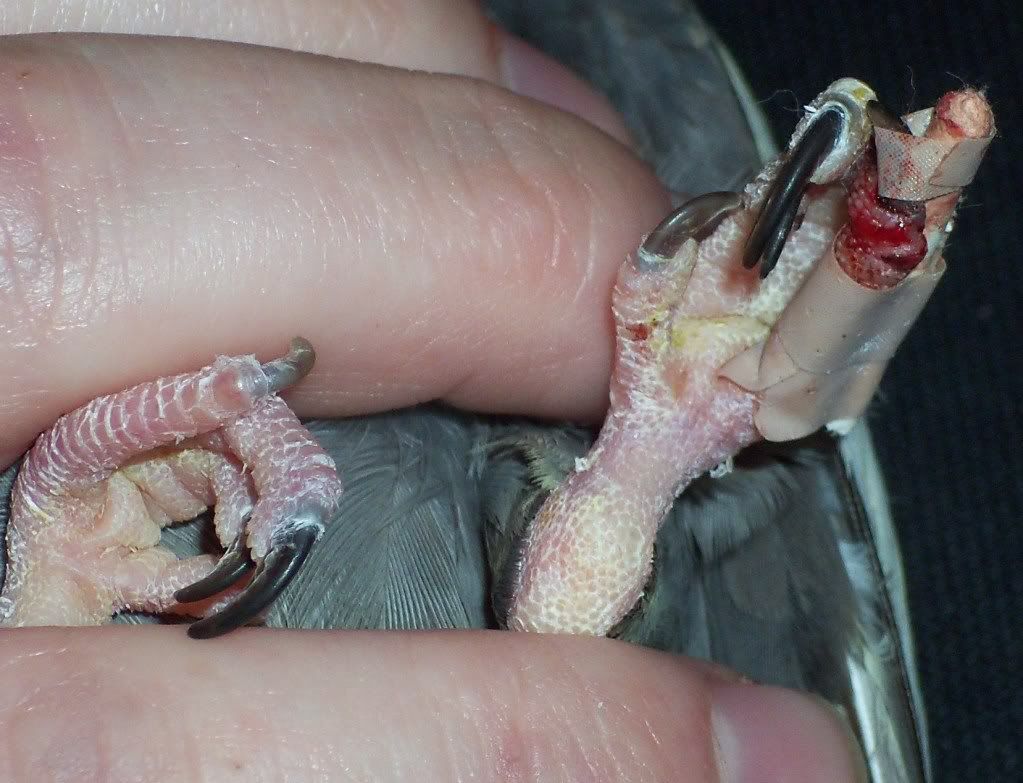
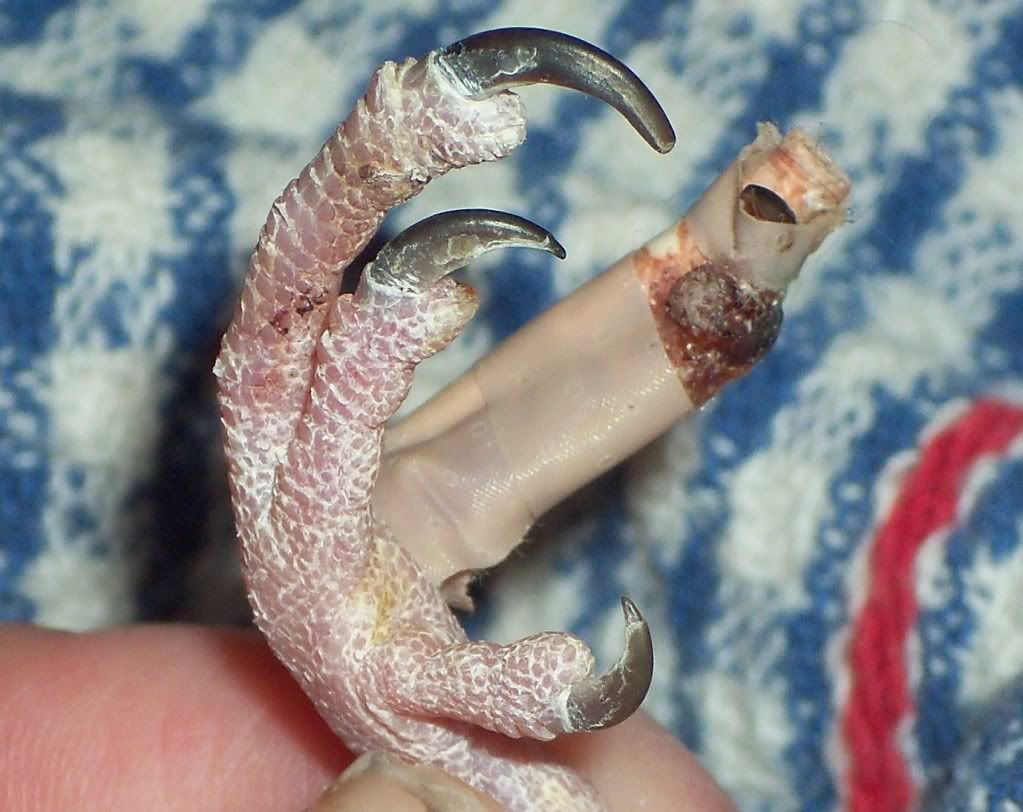
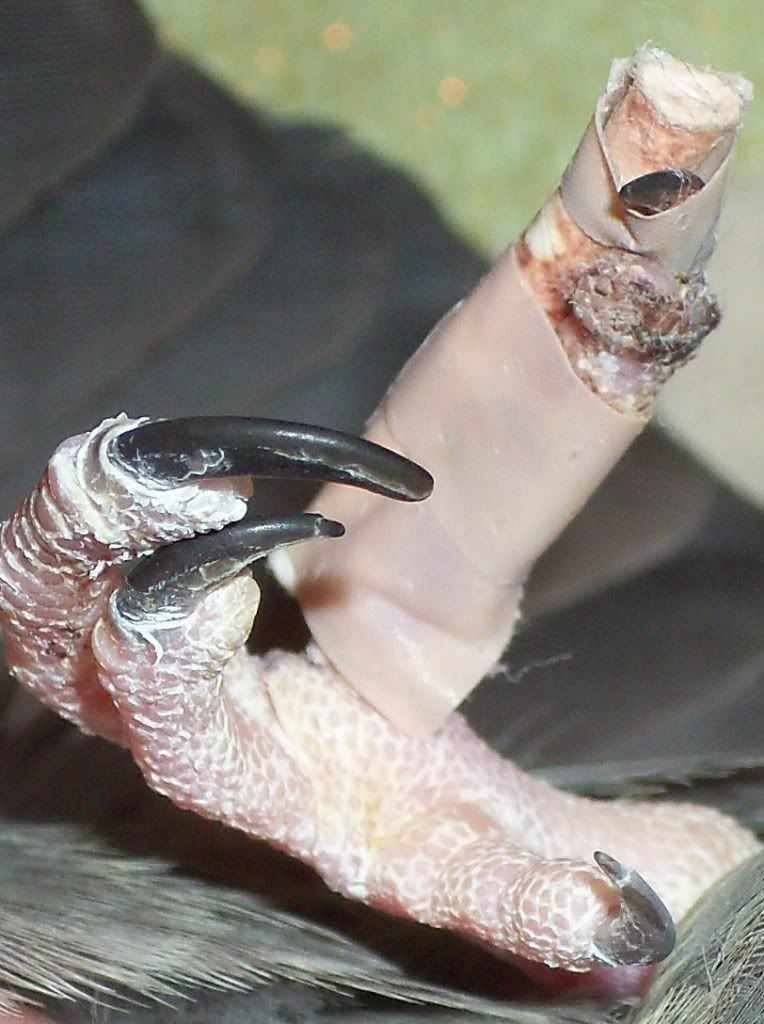
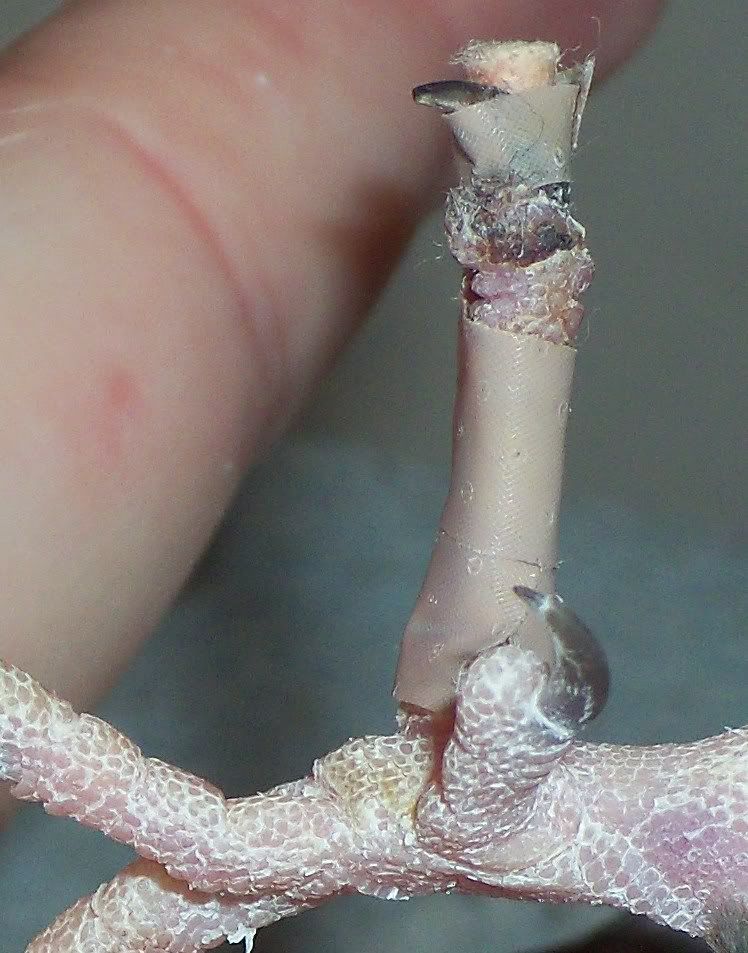
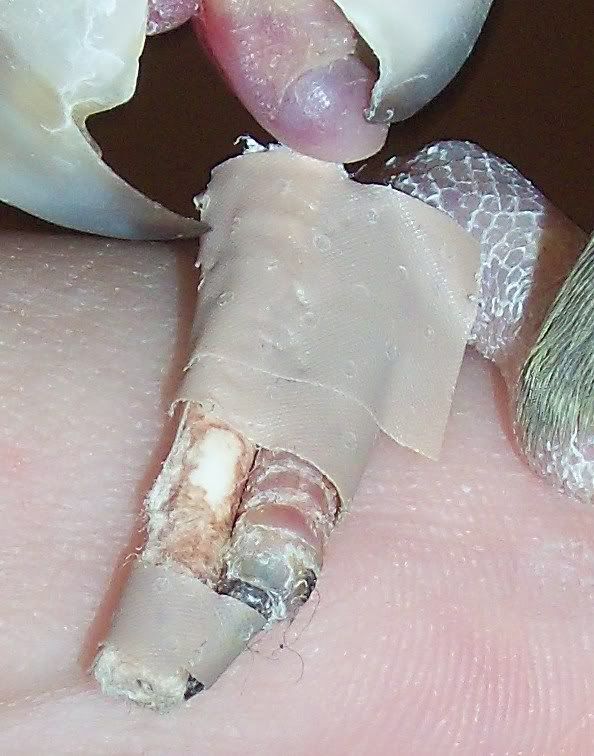
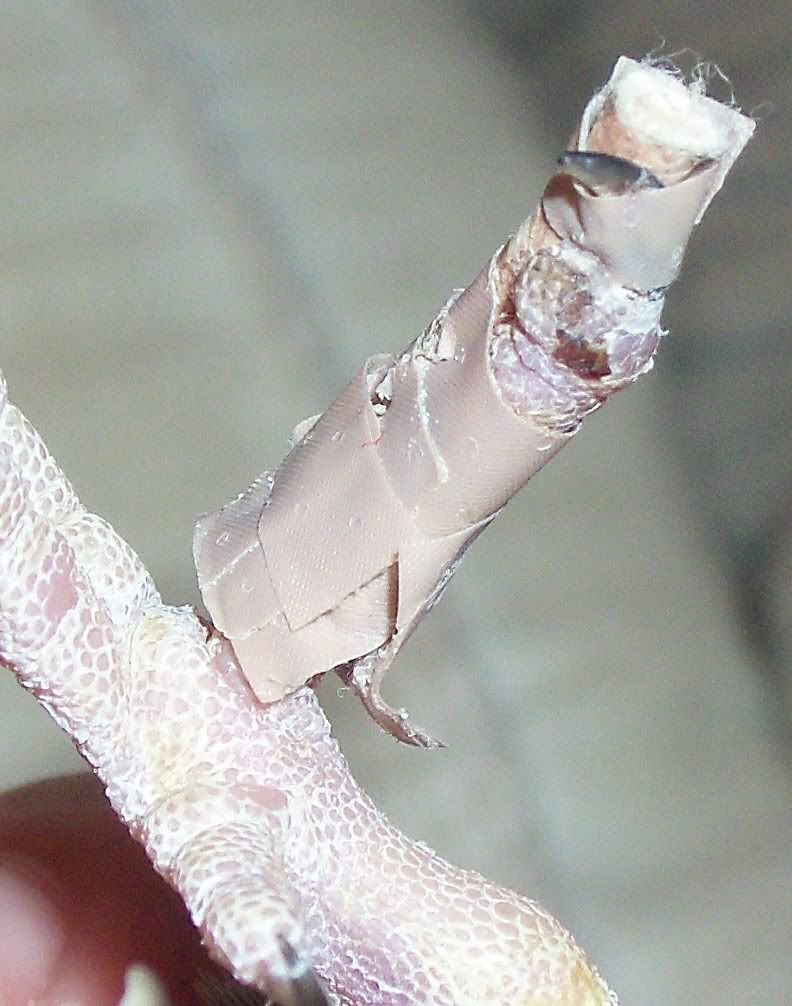
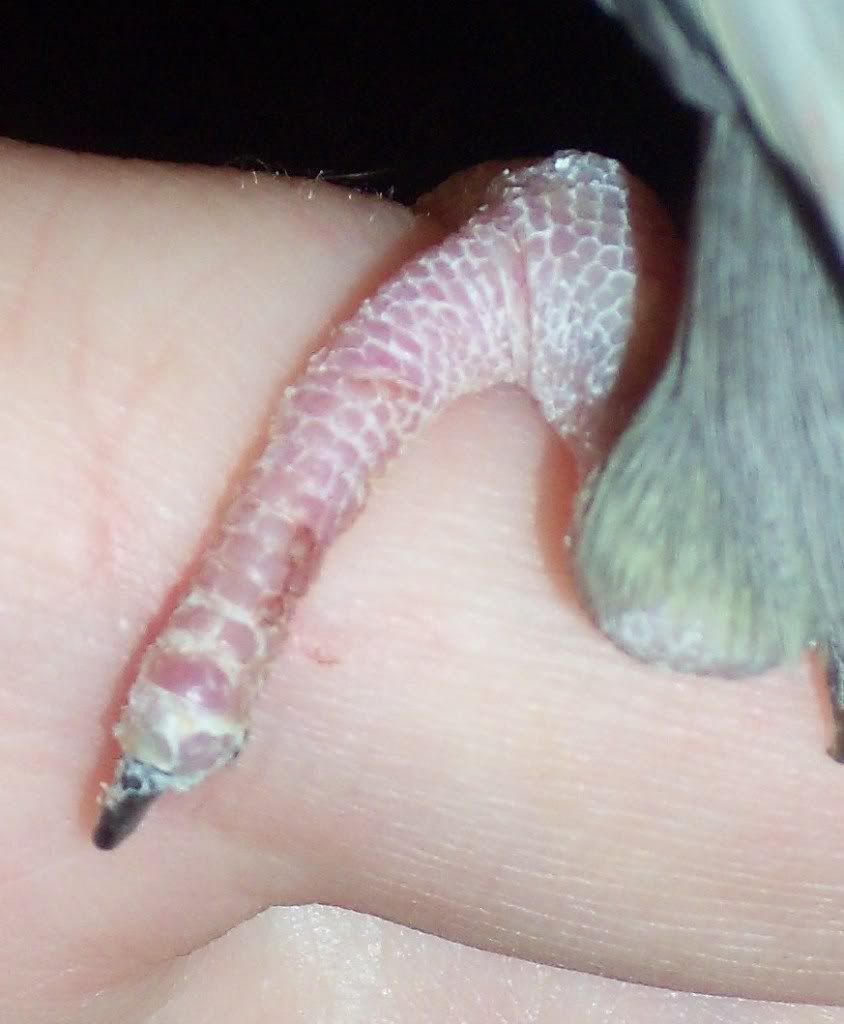
*****WE ARE NOT VETS, BUT CAN OFFER ADVICE IF YOU CANNOT GET TO THE VET RIGHT AWAY*****
if you cant get your bird to the vet in time or you cant afford it, this will help you. the sooner the toe is aligned, the better chances of saving it.
signs to watch for:
infection: redness, pus, abnormal warmth
loss of circulation: blackening tissue, cooler than rest of body
what you need:
aloe vera
cayenne pepper
saline solution or warm water
bandaids
q-tips
scissors
what you do:
prepare your supplies
wash the toe with the saline, if you cant get saline, warm water will do in a pinch.
cut the q-tip to the length of the injured toe. leave a little room extra at the claw tip
cut the bandaid into little butterfly bandage type strips, try to cut them half centimeter thick, you need at least 3
align the toe as straight as you naturally can.
try to place the q-tip along the side without the open wound. you will want to keep it visible so you can observe it for signs of infection and so you can clean it daily.
wrap the strips of bandage on the toe and splint, securing the splint to the toe. you want one at the base of the toe at the bottom of the splint, one in the middle, and one around the claw/nail holding the bent part of the toe in place. make sure bandages are secure but not tight to restrict circulation.
now that the splint is on, rub aloe vera on the wound to soothe it and disinfect it. cayenne pepper can be used as well.
i myself have gone through this and used this method with my own own cockatiel when he got his toe nearly bitten off by another bird. his toe was dangling by just a bit of skin. the sooner the toe is aligned in this type of injury, the sooner blood flow will return to the toe, thus the better chances they wont lose it. however, toes in birds have poor circulation compared to mammals and losing toes are a risk. if the toe starts dying off, it will drop off eventually on its own. keep watch for signs of infection and loss of circulation as these are your biggest worry, a slightly crooked toe is not a concern compared to these!
here are some photos to show you
this is the healing chart

and some zoomed photos in order from the time of injury to healing









